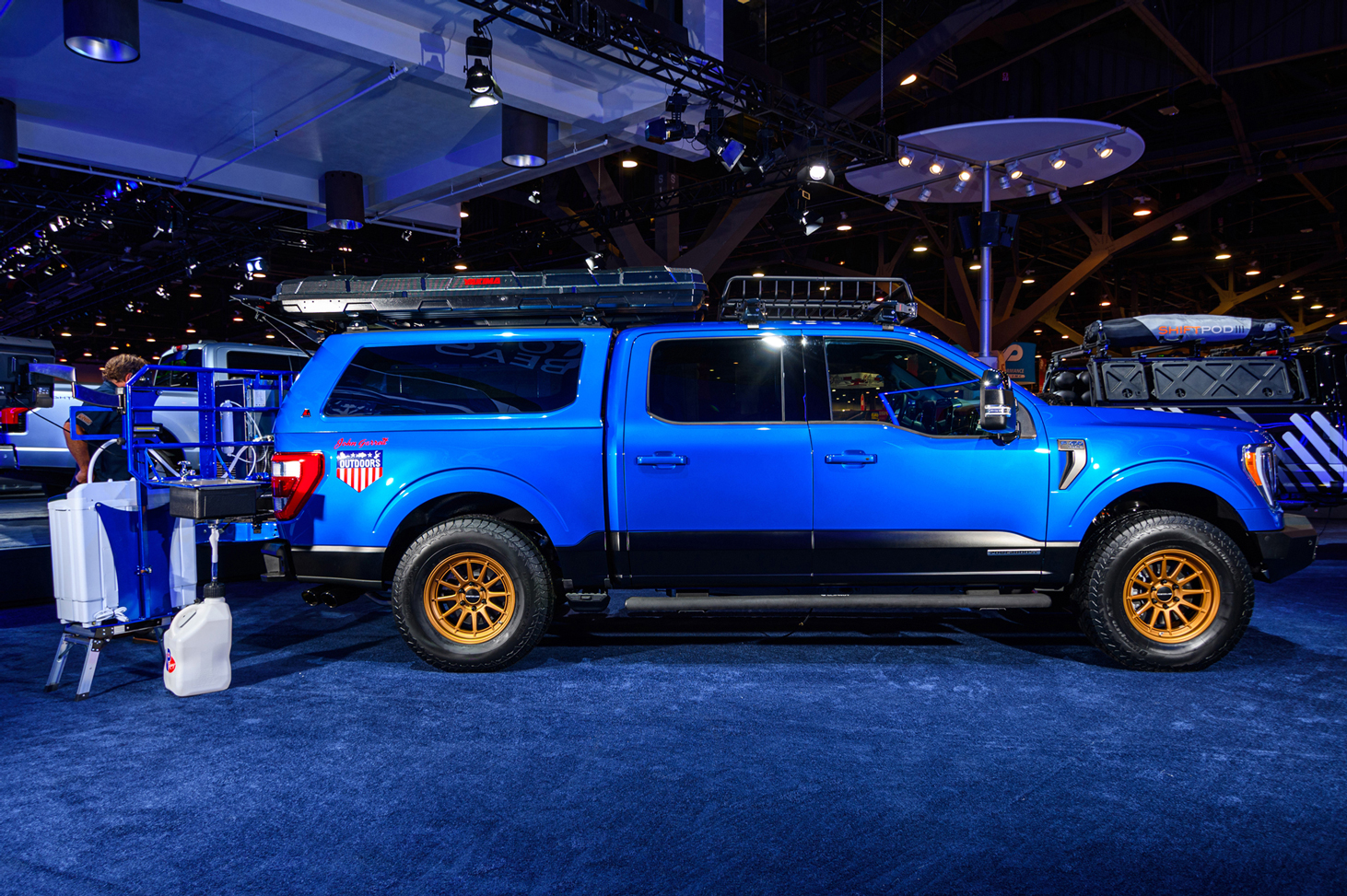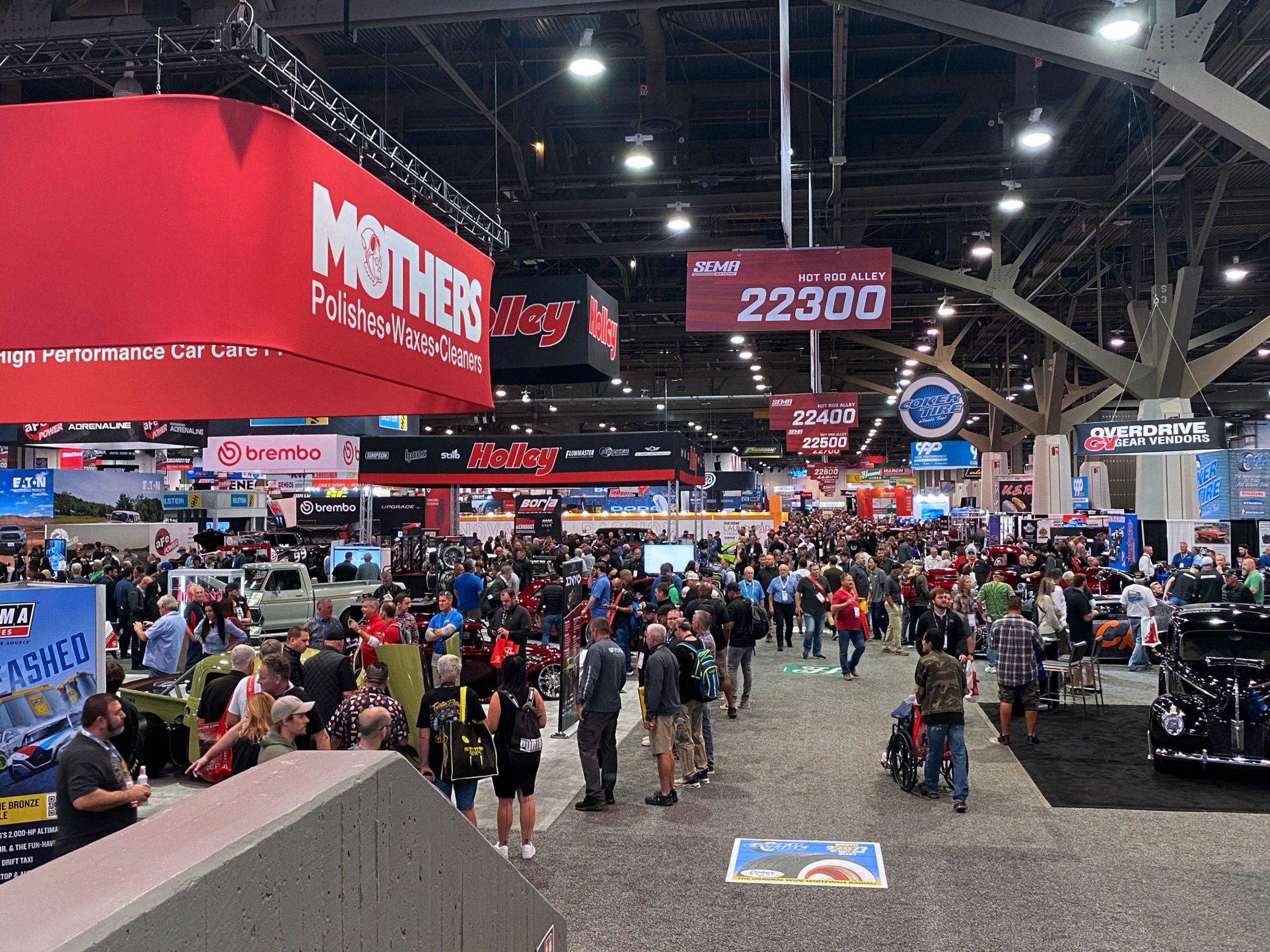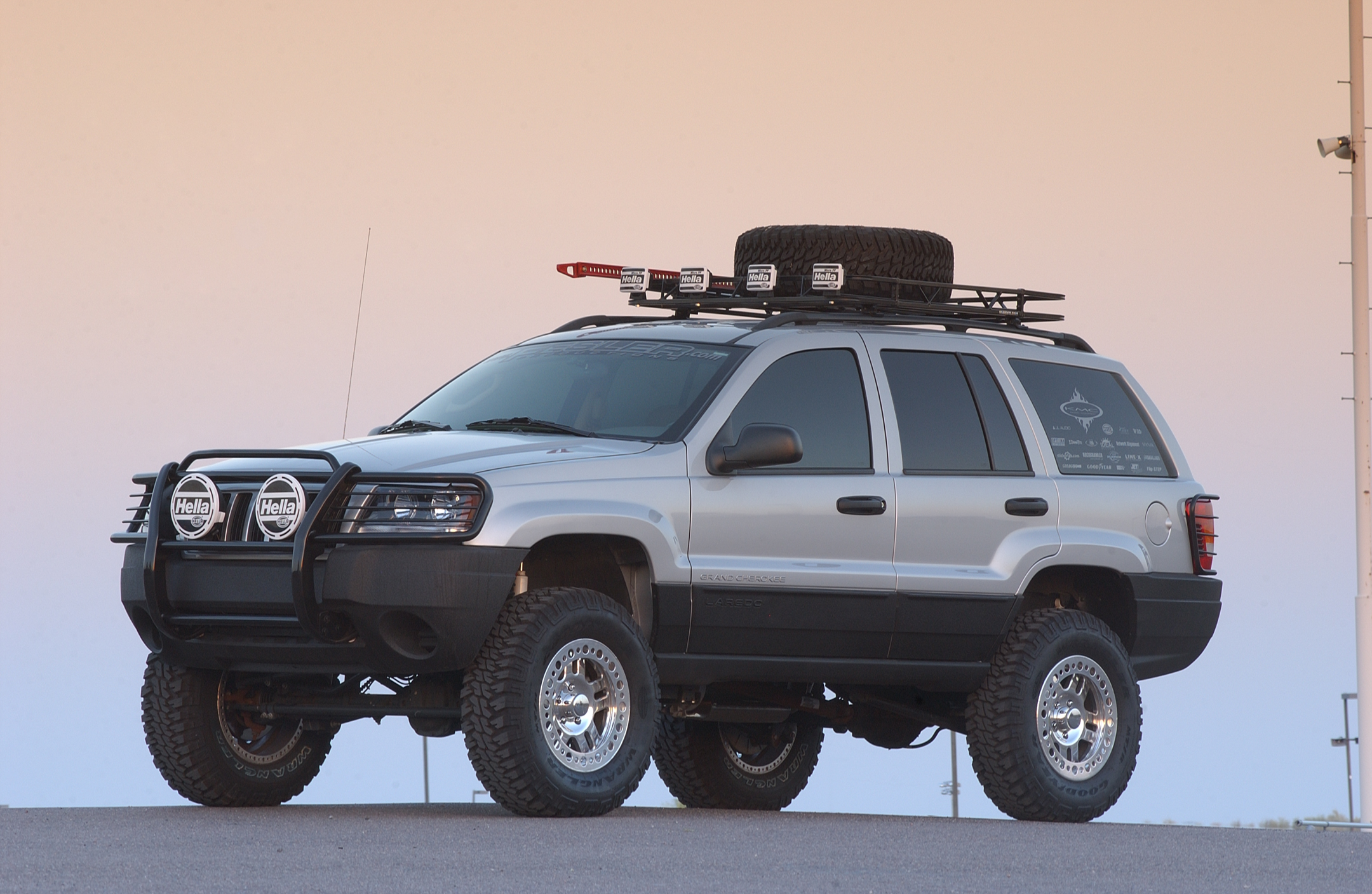OffRoad Trucks

If you are going to connect anything automatic to your car, especially when dealing with electricity, lead and acid, you owe it to yourself to do a bit more research rather than pulling just any super-discounted, off-the-shelf item and connecting it to something as potentially volatile as a lead-acid battery. But we have, haven’t we?

Cars and trucks are all about utilitarianism. Although vehicles have become status symbols, at the core, it’s all about getting people or things from one place to another. Through the years, Ford Motor Company has solidified its place in the annals of automotive history with its incredible lineup of consumer and commercial trucks. As the nameplate has been expanded and new options made available, Ford’s famed F-Series truly offers something for everyone.

Tall lift kits used to mean a rough ride. Times have changed—the suspension aftermarket has figured out how to accommodate huge meats without inflicting permanent kidney damage on the driver and passengers. Computer-modeling and other engineering advancements prioritize ride quality into the suspension design. Spring packs with more, thinner leafs is an example of how tall-truck suspension philosophy has evolved.

Producing horsepower requires two major ingredients, namely, air and fuel. Of course, the two must be supplied in the correct proportions and at the proper time; but improving power is a simple matter of adding airflow. Naturally, additional fuel will be required once the airflow is improved, but the first item on the horsepower priority list should always be more airflow.

While the small-block Chevy is the popular engine choice for many enthusiasts, many are now relying on a Blue Oval heart for their performance bodies. With its link to Ford, the original body manufacturer for many of the classic cars we see today, the small-block Windsor-style Ford engine offers several advantages. When compared to Chevy, the lack of firewall clearance for a number of Chevy engine swaps is due to the rear distributor position of the engine. The front-mount distributor position is the more logical place to drive the distributor and the oil pump. Not to mention, it’s much more convenient.

The Specialty Equipment Market Association (SEMA) Show engulfs Fabulous Las Vegas annually. It brings together the biggest names in the automotive world to show off the latest and greatest, whether it’s new products, amazing custom builds, or the newest trends. TheAutoBuilder is excited to be in the thick of it all.

With the Jeep legend continuing to grow it is no wonder that more and more people are finding ways to customize their Jeep. Whether it is traditional Wrangler or a new more luxurious Grand Cherokee, people seem to want to feel that Jeep energy; the energy that has gotten Jeep where it is today.
Time and time again, our advice to those interested in learning about stout-running engines is that it’s the total combination that makes it all happen—considering, of course, that components are prepped, cleaned and assembled as if in a “clean room.”
We first wrote about this 565-cubic-inch Dart “Big M” engine, equipped with Dart Big Chief II Pro Stock-type aluminum heads, back in our October ’04 issue. The engine builder was Quarter Mile Performance in Chatsworth, California, and at the time, we called it “possibly the world’s most powerful four-barrel big-block.” It produced 1037 horsepower at 7200 rpm and 806 lb-ft of torque at 5500 rpm–plenty stout by anyone’s standards.
The small-block Chevy has enjoyed a long, happy life. Sure, the current LS1/LS6 version is quite far removed from the original, but thousands upon thousands of little mouse motors continue to provide the sole means of motivation to everything from stationary irrigation pumps to Le Mans-winning C5R Corvettes. Naturally, this list also includes all manner of boulevard bruisers, street stompers and resto rockets. Heck, we’ve even seen little Chevys under the hood of “Brand X” machinery. The continued popularity of the small-block Chevy is not surprising. Take a look at the combination of power potential and parts availability and multiply that by the cost quotient, and you have the makings of a real success story. Add to this equation the millions of project motors just sitting around junkyards throughout the world, and it is easy to see why enthusiasts continue to embrace the mighty mouse motor as the performance powerplant of choice.







